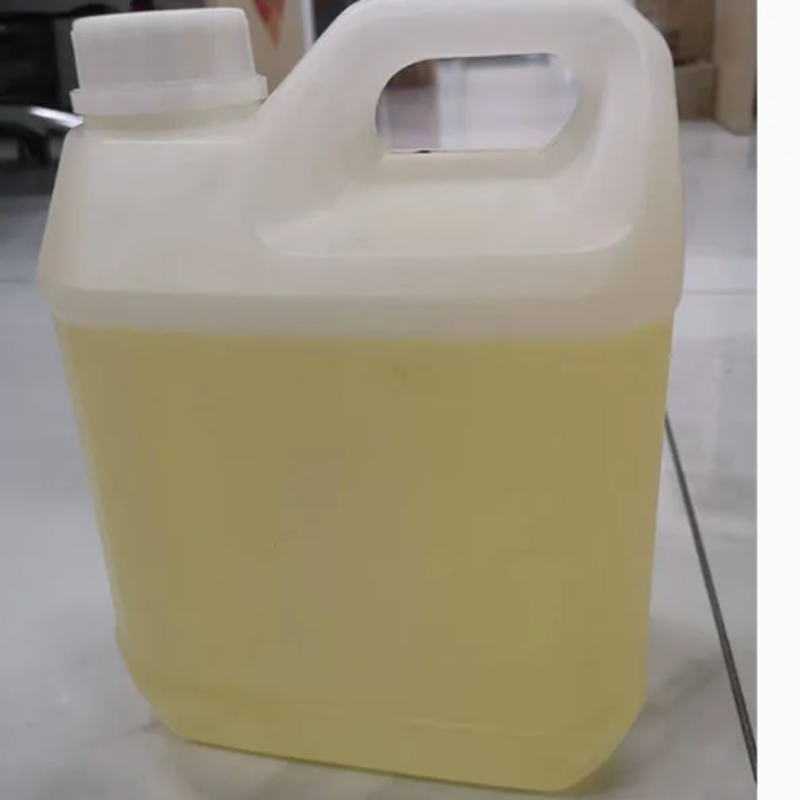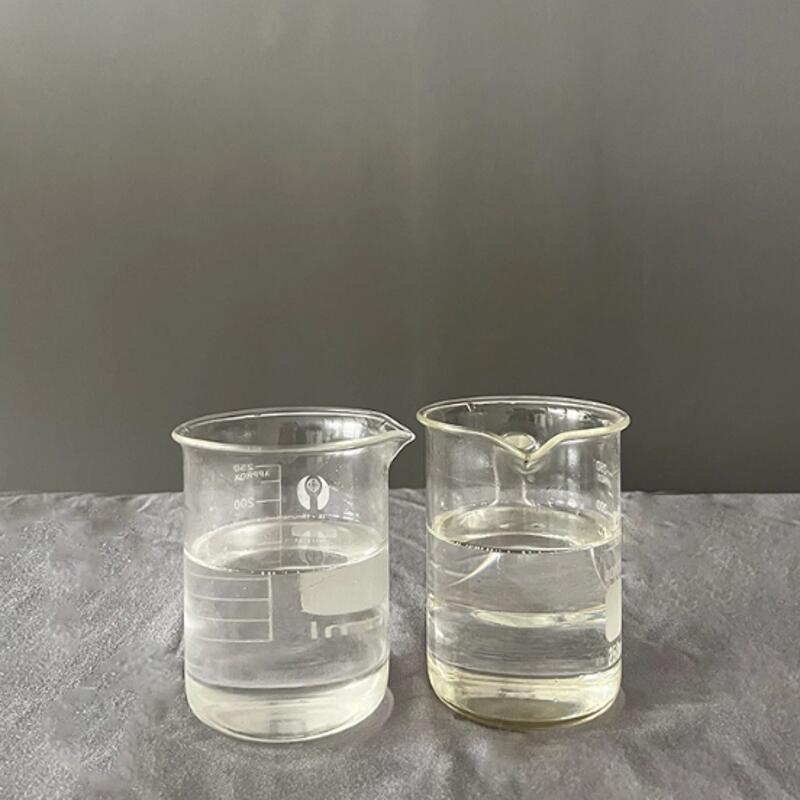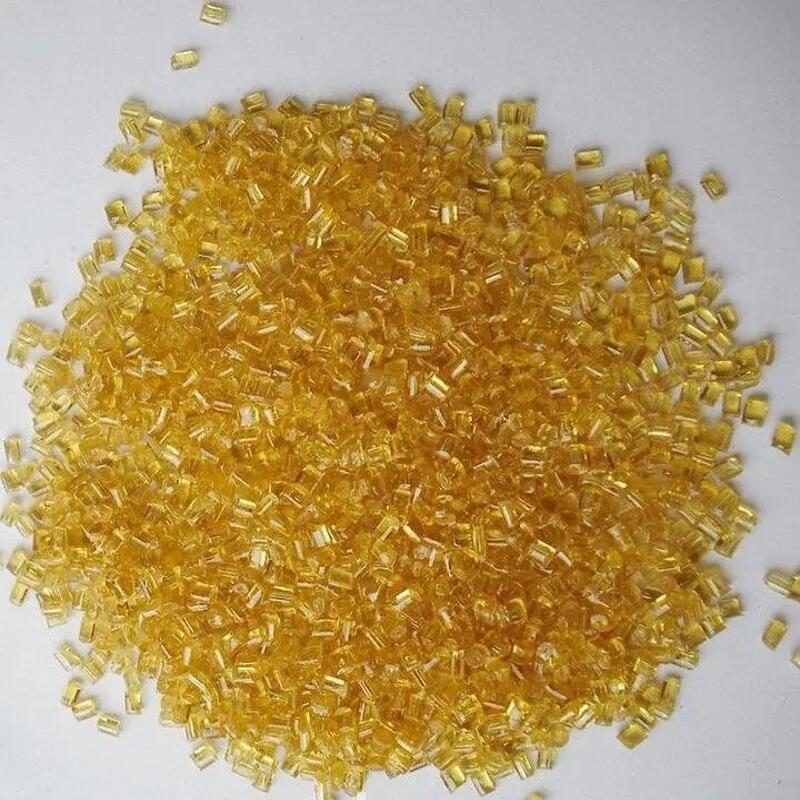-
Categories
-
Pharmaceutical Intermediates
-
Active Pharmaceutical Ingredients
-
Food Additives
- Industrial Coatings
- Agrochemicals
- Dyes and Pigments
- Surfactant
- Flavors and Fragrances
- Chemical Reagents
- Catalyst and Auxiliary
- Natural Products
- Inorganic Chemistry
-
Organic Chemistry
-
Biochemical Engineering
- Analytical Chemistry
-
Cosmetic Ingredient
- Water Treatment Chemical
-
Pharmaceutical Intermediates
Promotion
ECHEMI Mall
Wholesale
Weekly Price
Exhibition
News
-
Trade Service
What kind of development direction will the car of the future have? New energy, lightweight, environmental protection, intelligence, unmanned driving.
.
.
If you often read information, you will definitely think of a few key words
.
But whether it is from the greenhouse gas emissions or the waste of resources generated by the scrapped automobiles, the automobile industry is indeed facing a crisis of sustainable development
.
In the future development direction of automobiles, we can find that environmental friendliness is a major direction of its development
.
In the future development direction of automobiles, we can find that environmental friendliness is a major direction of its development
.
A few days ago, Audi released its fourth-generation Audi A3 Sportback.
This new model still adheres to Audi's consistent core strategy of sustainable development from technology research and development to production
.
core
It is reported that the interior of the car is made of PET plastic bottles as raw materials.
45 PET plastic bottles with a capacity of 1.
5 liters can make a seat system, while 62 carpets are needed
.
Coincidentally, in the data of the Precept concept car released by Volvo's Polestar brand not long ago, we also saw the brand growth plan dedicated to integrating environmental protection and technology into automobile manufacturing
.
According to the data, the Precept concept car adopts a 2x2 seat layout, adopts seamless weaving molding technology, and the production material is derived from recyclable PET plastic bottles.
Its carpets are also made from recycled fishing nets
.
Before that, Volvo has proposed that about 25% of plastic parts in 2025 will be derived from renewable raw materials, including: using fishing nets and cables to make center console panels, PET bottles to make car seats, and adding some clothing scraps To make the carpet, the limited-edition model also uses old seats from old Volvo cars to create sound insulation under the car’s hood
.
In fact, BMW, Toyota, Land Rover, Ford and other car brands are also trying to add the concept of recycled plastic to their products.
At present, most of them are interior decoration materials, except for the car seat fabrics and carpets mentioned above.
, In addition to the center console panel, there are also attempts in the fields of column trim panels, sun visors, ceilings, and cushions
.
In terms of exterior decoration, the new generation of Jaguar Land Rover will cooperate with BASF to use domestic waste plastic treated with pyrolysis carburetor technology to make exterior parts, and this technology can reincorporate plastic that is difficult to handle in traditional processes.
into the circular chain and can be remanufactured into high-quality plastics
.
Nowadays, more and more car brands incorporate sustainable concepts into the core of their development strategies.
This trend is very necessary under the current squeeze of various factors
.
The auto industry experienced a sales winter in 2019, which itself shows that the development of the auto industry is currently hindered
.
At present, the direction of light weight and new energy brought by the concept of environmental protection is rising day by day, and countries are constantly encouraging the progress of automobile manufacturing technology to meet this development trend
.
Nowadays, the application of plastics in automobiles has been quite extensive, and many car companies are also committed to using more plastics to replace traditional metal materials to achieve the purpose of reducing weight.
Under this development trend, we have Reasons to believe that the automotive industry and the plastics industry will have a lot of room for cooperation in the future
.







